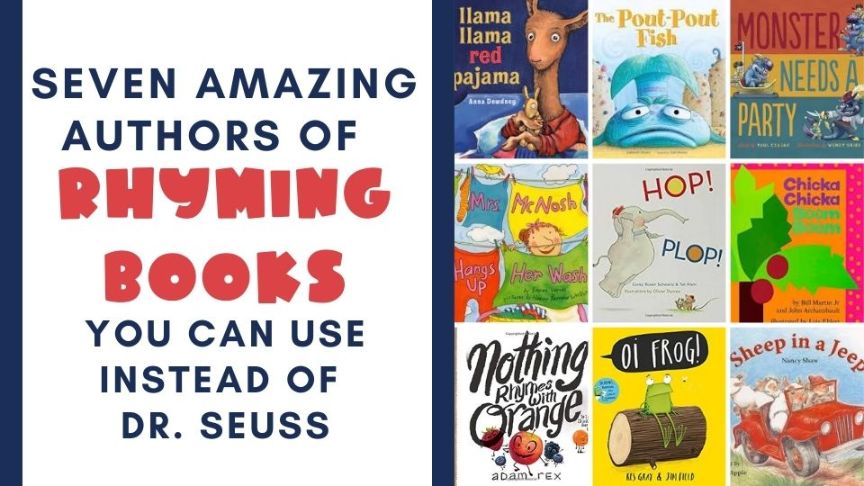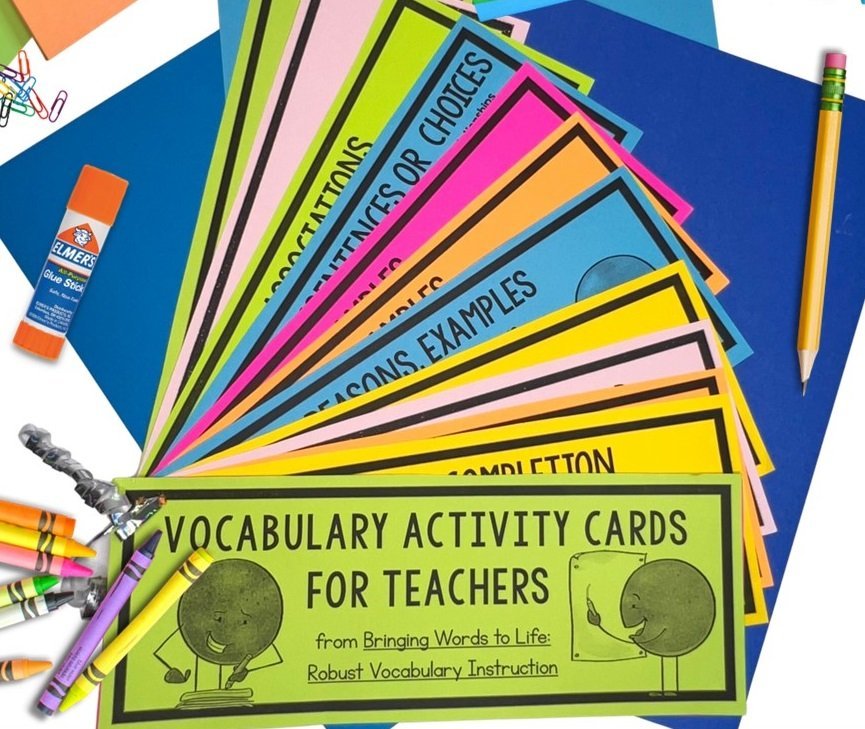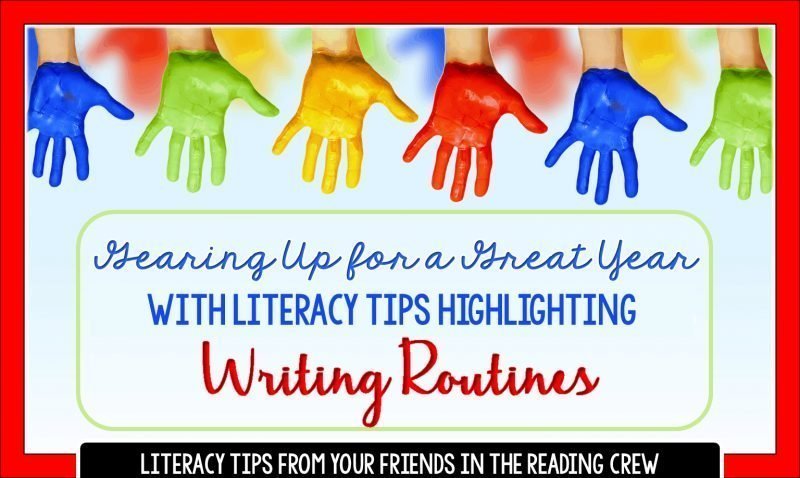
Have you ever tried to help a student who just could not visualize? There are quite a few kiddos out there who have a hard time.. They don’t get the idea of mental images, picturing what they’ve read, or any type of movie, and for most of us, it’s difficult to understand why this is tough for them. So what can we do? How do we break this skill down and get them to do it? Today, I’m going to share five teaching options you might try to support those who need help visualizing.
USING VISUAL IMAGERY to help kids visualize
One way to introduce the idea of visualizing is to take your students on a virtual trip in their minds. Have them close their eyes as you describe what you’d see walking through a forest or through a snowstorm. Give them the details of what you’d feel, see, and hear, etc. After you’ve taken that mental trip, then having students draw what they were seeing connects the description to picture.
MENTOR TEXTS FOR teaching kids to visualize

When teaching kids to visualize during their reading, we have to start by modeling with texts that lend themselves to the skill. Sharing sections from a descriptive book while listing the language the author chooses helps students to hone in on what readers use to make mental images. As you read a page, jot down the action verbs, adjectives, and adverbs as well as the nouns that are included in the scene. Then, have the students draw a picture that includes all of them. Students’ drawings still may be different from the authors, but that also leads to discussion as to why we draw as we do.
VISUALIZE WITH DESCRIPTIVE LANGUAGE

For students to be able to visualize, they have to have familiarity of the language that authors use. If we work on sensory words and imagery with poetry, this may be easier than a long book. Many teachers brainstorm descriptive words according to the senses when working on descriptive paragraphs. This same idea can be used for materials we read too. This sensory sort can get you started. As kids sort, have them turn and talk about the images these phrases help them create. [THIS FREEBIE] is available in my store, so hop on over and download your copy.
USE PHOTOGRAPHS to visualize
Another scaffold for visualizing is to use detailed photographs for discussion. Show photos and have students work in teams to analyze what they see. Consider what elements are important in the photo? What words would you use to describe it? What is the focal point?
THINK LIKE AN ARTIST
Using art options such as sketch to stretch, artist storyboards, and art projects to show what the reader sees as they read helps. When working in these activity options, I try to always bring kids back to the texts. What clues help the reader with the projects? Get your kids talking about what they glean from the reading that supports their thinking.

LINKS TO RELATED POSTS:
- Strategies to Help Readers Visualize
- Visualizing with Someday a Tree
- Creating Imagery with Dogteam by Gary Paulsen
Visualizing is critical to understanding, and without visualizing skills, our kids remain word callers. Integrating any of these strategies into our instructional plan keeps visualizing front and center for kids. And, it can be done when we’re working on other skills too. I hope these suggestions help you and your kids.





















